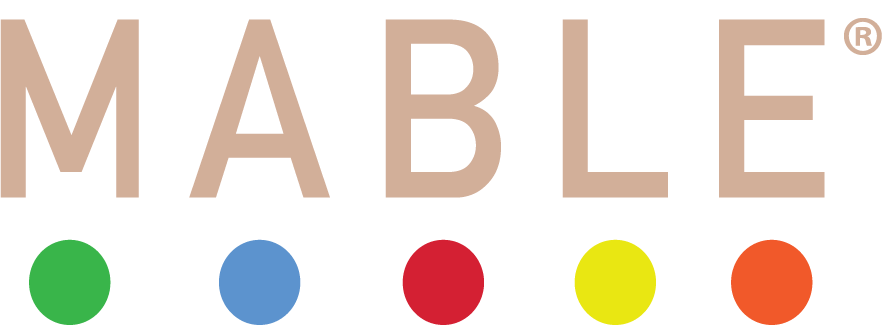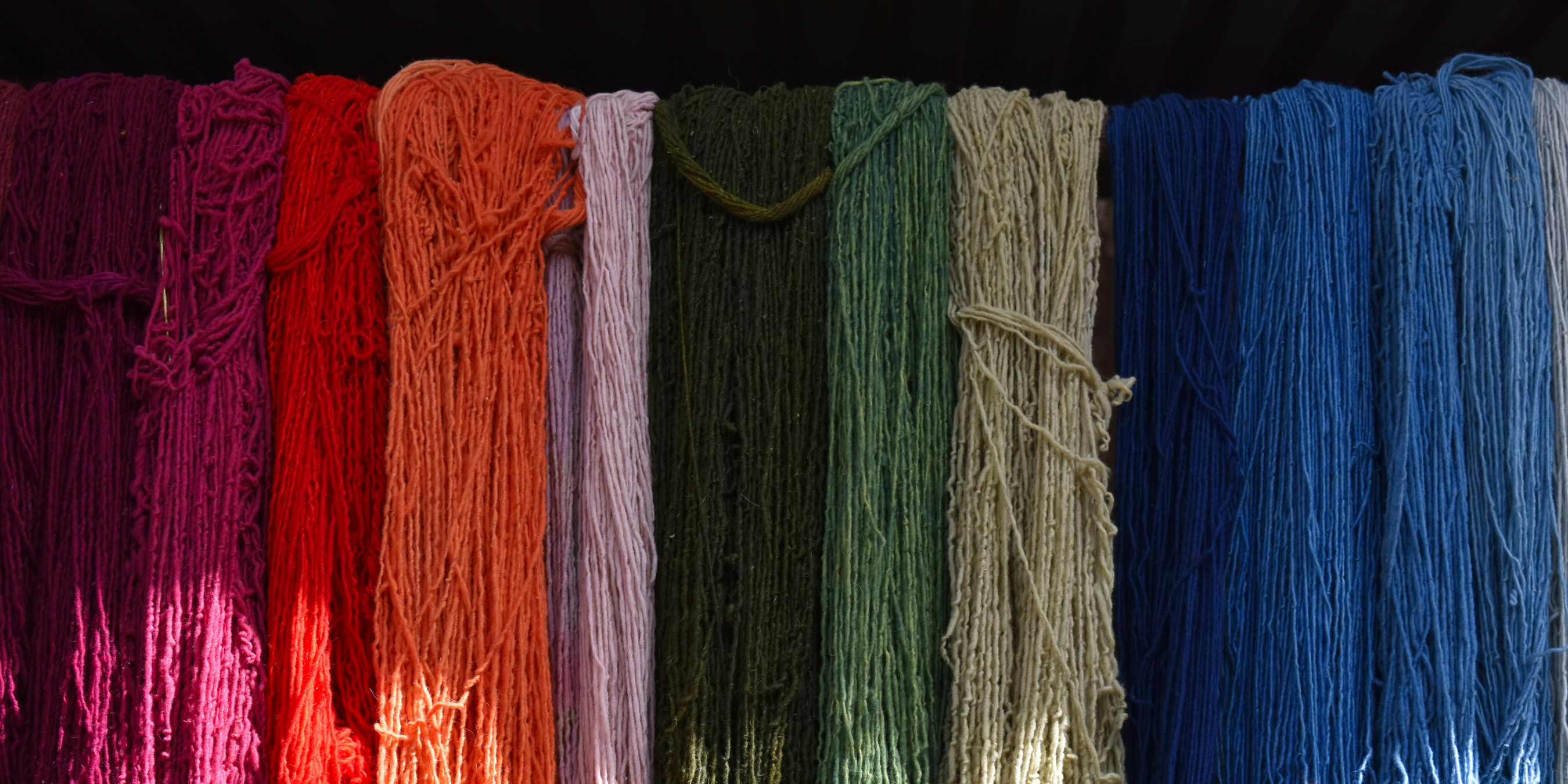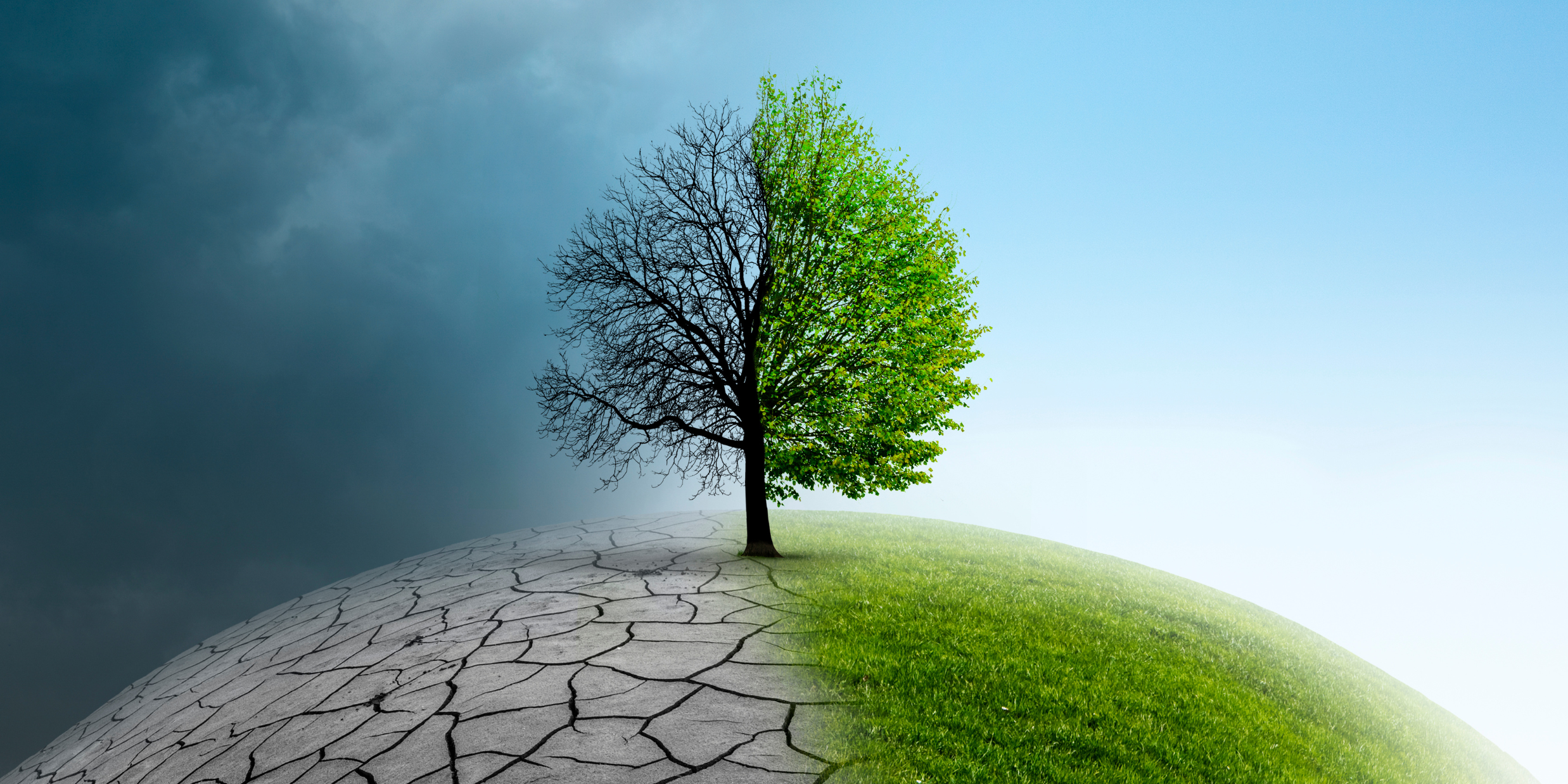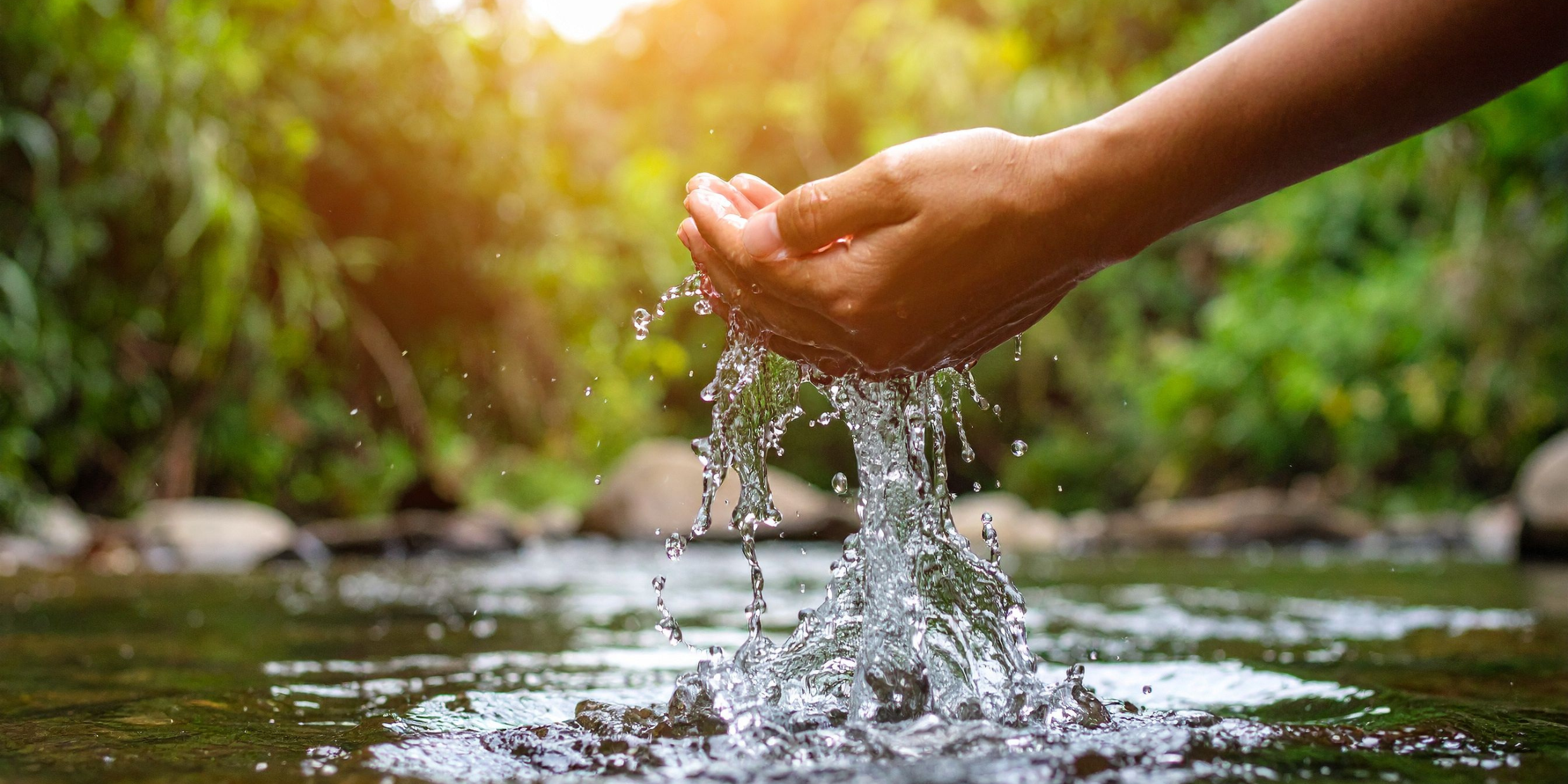Natural fibers come from plants (like cotton and flax) and animals (like sheep and silkworms). Each fiber has a unique origin and story that affects its sustainability and feel.
Have you ever stopped to think about what your clothes are actually made of? That soft t-shirt, that stretchy activewear, that flowing dress—the choices go far beyond just color and style. The fibers in our clothing have a profound story, one that impacts the health of our planet, our skin, and even our waterways.

Understanding the difference between natural, semi-natural, and synthetic fibers is the first step toward building a more conscious wardrobe. It’s not about achieving perfection, but about making more informed choices that align with a sustainable lifestyle. In this guide, we’ll break down where these materials come from and their environmental trade-offs, empowering you to choose responsible clothing that feels as good to wear as it does for the planet.
Natural Fibers: Gifts from Nature
Let's start with the basics. Natural fibers are exactly what they sound like: materials derived directly from plants or animals. They are biodegradable, meaning they break down naturally at the end of their life, and they are often praised for their breathability and comfort.
Where Do Natural Fibers Come From?
To make things clearer, here’s a dedicated look at the four most common natural fibers, their origins, and growing conditions:
-
Cotton: Comes from cotton plants grown in warm climates such as India, China, the USA, and Pakistan. Cotton is harvested either by hand or by machine depending on the region. Conventional cotton can be water-intensive, while organic cotton uses less water and avoids synthetic pesticides. At Brushmable, we use 100% cotton in our biodegradable cotton swabs, offering a simple everyday essential that’s gentle on you and kinder to the planet.
-
Linen: Derived from the flax plant, which thrives in cooler regions like France, Belgium, and parts of Eastern Europe. The flax stems are pulled up and retted (soaked) to release fibers before spinning them into linen thread.

-
Wool: Comes from the fleece of sheep raised on farms, mainly in Australia, New Zealand, and the UK. Sheep are shorn (their wool is clipped off) once or twice a year, a process that, when done responsibly, doesn’t harm the animals..
-
Silk: Produced from the cocoons of silkworms, primarily in China and India. This natural fiber is carefully unraveled into fine threads, creating silk’s smooth, luxurious texture. Traditionally, silk production involved harming the silkworms, but ahimsa (or “peace”) silk allows the moths to complete their life cycle, making it a more ethical and sustainable choice. Brushmable’s ahimsa silk floss uses this cruelty-free natural fiber, showing how even everyday essentials can align with mindful, eco-conscious living.
The Environmental Considerations
While natural, these fibers aren't without impact. Conventional cotton farming is notoriously thirsty and pesticide-intensive. This is where seeking out organic cotton, which uses significantly less water and no synthetic pesticides, makes a huge difference. Linen and hemp, by contrast, are generally more sustainable crops, requiring less water and fewer chemicals.
Distinctive Features: Clothing made from high-quality natural fibers is often more durable, breathable, and gentle on sensitive skin, offering unparalleled comfort.

Semi-Natural Fibers: The Middle Ground
This category can be confusing! Semi-natural, or artificial, fibers start with a natural raw material—like wood pulp—but are processed using chemicals to create the final textile.
Important to Note: These fibers begin with natural origins. For example, rayon and Tencel start with wood from sustainably grown trees like beech or eucalyptus.
Examples include:
-
Rayon/Viscose: The most common, made from wood pulp. Its sustainability varies wildly based on sourcing.
-
Modal: A type of rayon known for its softness, often made from beech trees.
-
Tencel™ (Lyocell): A leader in sustainability. It’s a type of rayon made in a closed-loop process that recycles almost all water and solvents.
-
Bamboo-based Rayon: Bamboo grows quickly, but the process to turn it into soft fabric is heavily chemical-intensive. While the bamboo plant itself is highly sustainable—it grows faster than almost any other plant, requires no pesticides, and absorbs carbon dioxide at five times the rate of most trees—most bamboo fabrics are produced using chemicals. For truly eco-friendly everyday use, Brushmable harnesses bamboo’s natural antibacterial properties in our bamboo toothbrushes and cotton swabs, offering sustainable personal care alternatives that don’t rely on chemical processing.
Advantages and Limitations
These fibers can feel wonderfully soft and silky, often mimicking the properties of cotton or silk. When produced responsibly (like Tencel™), they can be an excellent sustainable fiber choice. However, the chemical processing can have a high environmental cost if not managed properly, and the biodegradability depends on the dyes and finishes used.
Distinctive Features: They offer the comfort of natural fibers with added benefits like excellent drape, moisture-wicking, and durability.

Synthetic Fibers: The Petroleum Products
Synthetic fibers are entirely human-made from petrochemicals, the same base materials as plastic. They dominate the fashion industry due to their low cost and functional properties.
The main players are:
-
Polyester: The most common synthetic, found in everything from blouses to fleece jackets.
-
Nylon: Known for its strength and elasticity, common in activewear and hosiery.
-
Recycled Polyester: Made from post-consumer plastic bottles, which diverts waste but still carries some synthetic downsides.

The Environmental Impact
The primary concern with synthetics is microplastic pollution. Every time we wash them, tiny plastic fibers shed into the water system, eventually reaching oceans and entering the food chain. Furthermore, they are not biodegradable and their production is energy-intensive. A common misconception is that "recycled = completely safe." While recycled polyester is better than virgin, it still sheds microplastics and can contain chemical residues like PFAS.
Distinctive Features: Synthetics are durable, wrinkle-resistant, and great for performance clothing where stretch and moisture-wicking are key.
Practical Tips for a More Responsible Wardrobe
Building a closet you feel good about is a journey, and it starts with small, intentional steps. Try mixing high-quality natural fibers like linen or organic cotton with responsible semi-naturals such as Tencel or Modal to strike the right balance between comfort and durability. The golden rule? Buy fewer, but better-quality pieces designed to last for years, not just seasons.
Always check labels for certifications and be cautious of vague claims like “bamboo fabric” without details on processing. Whenever possible, consider shopping second-hand to give clothing a new life and reduce waste. You can also support brands that are transparent about their supply chain and committed to eco-friendly textiles—every purchase becomes a vote for a healthier, more responsible fashion industry.
Quick tips for choosing better clothing
-
Read the Label: Get into the habit of checking fabric composition. It’s the first clue to a garment's sustainability.
-
Look for Certifications: GOTS (Global Organic Textile Standard) for cotton, Oeko-Tex for harmful substances, and FSC for wood-based fibers like Tencel™.
-
Wash Smarter: Wash synthetic clothes less frequently, use a cooler setting, and consider a Guppyfriend bag to catch microfibers.
-
Repair and Care: Mend small tears, remove pills with a fabric shaver, and follow care instructions to extend garment life.
The journey toward a more sustainable lifestyle starts with curiosity and extends into everyday choices. By learning where natural fibers come from and understanding how to care for them, we become more conscious consumers who value progress over perfection. At MABLE®, we believe this same mindful approach applies beyond clothing—whether it’s treating your fabrics with care or choosing eco-friendly essentials like our natural toothbrushes. When we respect the things we use daily, they last longer, reduce waste, and keep us aligned with a lifestyle that’s better for both you and the planet.






Share:
Positive Environmental Initiatives in Oral Care – Tackling Everyday Plastics and Unsustainable Materials
TSA-Approved Toiletries: Your Guide to Sustainable & Stress-Free Travel